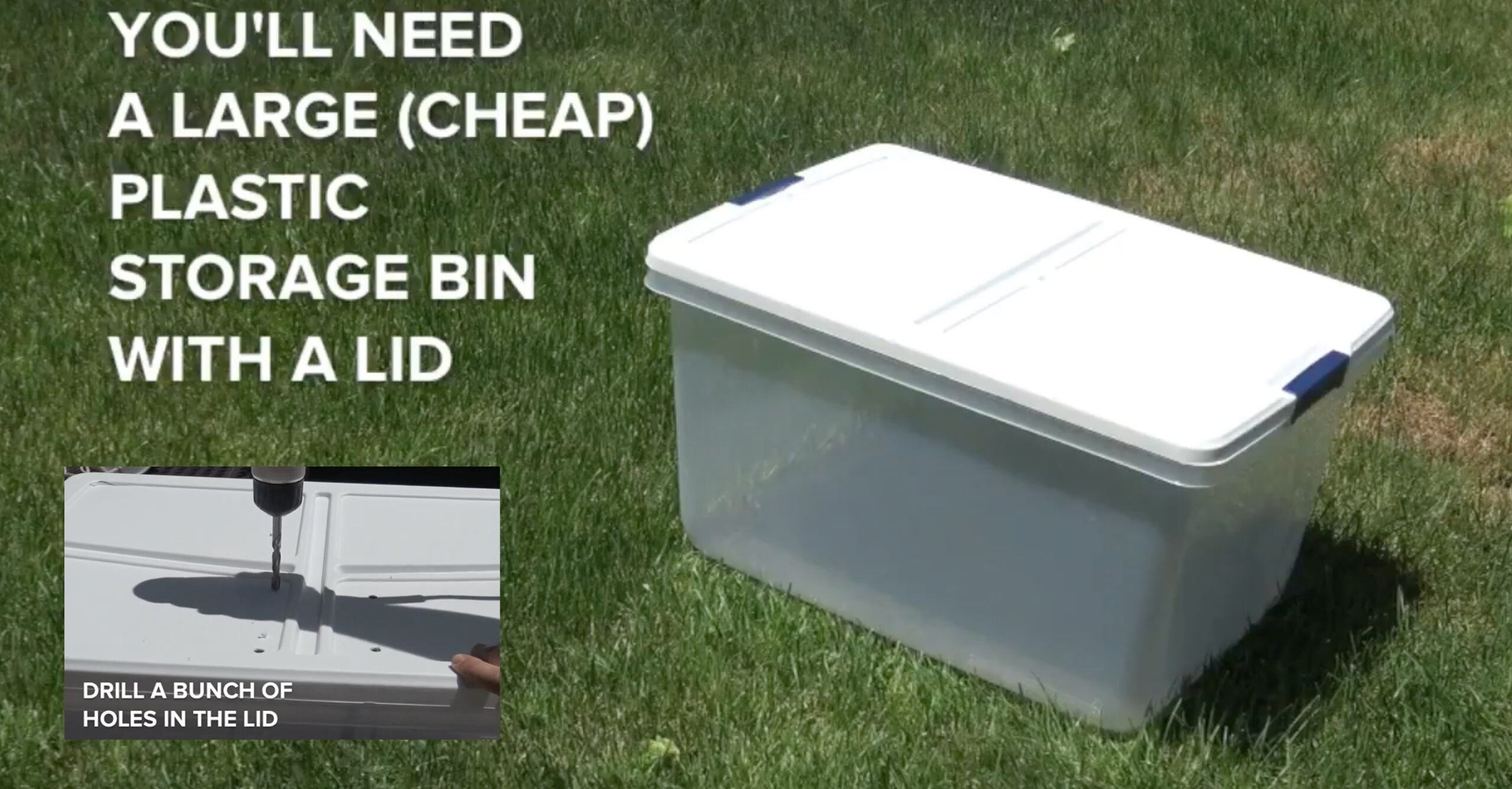Crawfish, also known as crayfish, are fascinating freshwater crustaceans that can make unique and low-maintenance pets. While often used as live bait for fishing, these creatures have a charm of their own and are increasingly popular among aquarium enthusiasts. Unlike fish or reptiles, keeping a crawfish as a pet offers a different kind of engagement, observing their interesting behaviors and simple needs. If you’re considering welcoming a crawfish into your home, understanding how to create the right environment is crucial for their health and longevity.
This guide will walk you through the essential steps to keep your pet crawfish not just alive, but thriving. We’ll cover everything from setting up their habitat to feeding and maintaining their environment, ensuring you provide the best possible care for your new aquatic companion.
Setting Up Your Crawfish Home: Step-by-Step
Creating the right habitat is the first and most important step in keeping a pet crawfish. Mimicking their natural environment as closely as possible will ensure they are comfortable and healthy. Here’s a simple, step-by-step guide to setting up your crawfish home:
Step 1: Choose the Right Container
A simple plastic bin, modified for ventilation, serves as an ideal and inexpensive crawfish enclosure.
For a single crawfish or a small group, a plastic storage tote or bin is an excellent and cost-effective option. Look for a bin made from non-toxic, food-grade plastic to ensure the safety of your pet. A size of approximately 23×17 inches with a 13-inch depth offers ample space for a comfortable habitat. Clear bins are preferable as they allow for easy viewing of your crawfish.
Ventilation is key, so the next step is to modify the lid. Using a ¼-inch drill bit, create around a dozen holes across the lid. These holes will ensure proper air exchange, preventing stagnant air and maintaining healthy oxygen levels within the container.
Step 2: Water is the Essence of Life
Clean, dechlorinated water is essential for a healthy crawfish habitat. Avoid overfilling the container.
Crawfish are resilient creatures and can tolerate less-than-perfect water conditions for short periods. However, for a thriving pet crawfish, water quality is paramount. Tap water often contains chlorine and chloramine, which are harmful to aquatic life. If you are using tap water, it’s crucial to dechlorinate it before introducing your crawfish.
You can dechlorinate tap water by using a water conditioner, readily available at pet stores. These conditioners neutralize chlorine and other harmful chemicals instantly, making tap water safe for your crawfish. Alternatively, you can leave tap water in an open container for 24-48 hours; this allows chlorine to evaporate naturally. However, this method does not remove chloramine, which is also commonly used in water treatment. Well water or natural spring water can be used without treatment, provided it is tested and confirmed to be free of pollutants and heavy metals.
Fill the bin with approximately 6 to 8 inches of water. This depth is sufficient for crawfish to submerge and move around comfortably without the need to completely fill the container.
Crawfish Care: Keeping Them Happy and Healthy
Once the basic habitat is set up, daily care is simple but consistent. Proper feeding and water maintenance are the cornerstones of keeping your pet crawfish in optimal condition.
Feeding Your Pet Crawfish
Romaine lettuce is a nutritious and clean food option for pet crawfish, easy to manage in their enclosure.
Crawfish are not picky eaters and are primarily detritivores in nature, meaning they consume decaying organic matter. In a pet setting, romaine lettuce serves as an excellent food source. It’s nutritious, readily available, and importantly, it doesn’t foul the water quickly compared to other food options.
Avoid feeding crawfish meat scraps, fish guts, or other protein-rich foods regularly as these can decompose rapidly and pollute the water, requiring more frequent water changes. While crawfish might eat these, lettuce provides a cleaner and more manageable dietary staple.
Feed your crawfish a small leaf of romaine lettuce every 2-3 days. Observe how much they consume and adjust the amount accordingly. Remove any uneaten lettuce after 24 hours to prevent water contamination.
Maintaining Water Quality
Regular water changes are essential to maintain water clarity and the health of your pet crawfish.
Even with lettuce-based feeding, the water in your crawfish bin will become cloudy over time due to waste and general biological processes. To maintain a healthy environment, partial water changes are necessary every 2-3 days.
To perform a water change, gently pour out about half of the old water, being careful not to pour out your crawfish. You can use a small cup or siphon to remove the water. After removing the old water, refill the bin with fresh, dechlorinated water of the same temperature. This process helps remove accumulated waste and keeps the water fresh and oxygenated.
Creating a Comfortable Environment
Crawfish are sensitive to temperature and prefer cooler environments. Position the bin in a shady area, away from direct sunlight and heat sources. An unheated garage or basement is often ideal. Excessive heat can raise the water temperature quickly, which can be stressful and potentially fatal for crawfish.
While not strictly necessary for basic crawfish keeping, you can enhance their habitat by adding a substrate like aquarium gravel at the bottom of the bin and providing hiding places such as rocks or small caves. These additions mimic their natural stream or pond environment more closely and can reduce stress, especially if you are keeping multiple crawfish together.
Observing and Enjoying Your Pet Crawfish
Keeping a pet crawfish is a rewarding experience. They are low-maintenance, quiet, and exhibit fascinating behaviors. You’ll observe them exploring their environment, feeding, and molting – shedding their exoskeletons as they grow.
By following these simple steps, you can ensure your pet crawfish lives a long and healthy life. Remember to always use dechlorinated water, feed them appropriately, and maintain a cool, shaded environment. Enjoy the unique charm of these freshwater crustaceans and the simple pleasure of pet ownership they offer.

